2 steps for using earned media to build brand authority
Getting that third-party validation is PR’s superpower, but what are the tactics that will lead to great media placements?
When other people talk about a brand, it can be a stronger indicator of its authority than when brands just talk about themselves. So how can you create an earned media strategy to elevate your B2B brand?
Here’s how you can use content to acquire media coverage and build trust:
1. Come up with emotional, data-focused content ideas.
This might seem like a daunting task, particularly for marketers who consider their brands to be boring or dry. But the truth is, even straightforward how-to content can trigger an emotional response, because hopefully when people find your resource, they’ll feel relieved.
The question you need to ask yourself is: What data can we analyze, and how will people feel after consuming the content/results?
If you have a list of content ideas in front of you, one aspect of your vetting should be considering which ones will elicit an emotional response from the reader. Always prioritize the emotion of surprise, as that response seems to be one of the most powerful, but all emotions can work. For example, for our client FundRocket, a company that provides funding options to businesses, we decided to look into Americans’ most hated financial fees. (This is a form of tangential content, which can be really helpful for creating emotional content projects that get more media coverage.)
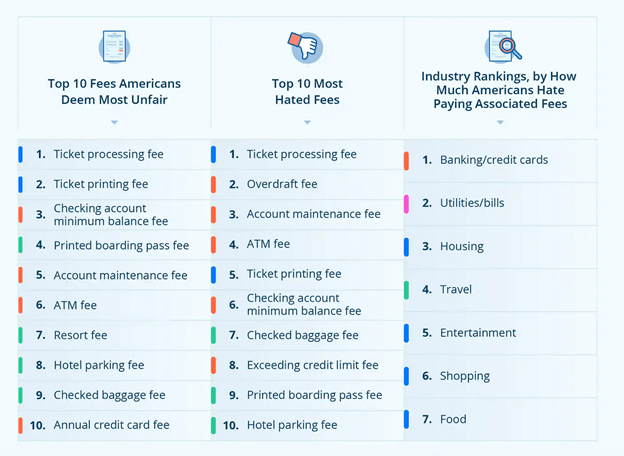
The project was featured on The Motley Fool, which then syndicated to dozens of sites, including NASDAQ and Yahoo! Why was it successful? Because frustration—and relatable frustration, at that—was built right into the core concept of the content idea. So while these fees annoy people, they can also commiserate with the people who feel similarly to them, adding a sense of camaraderie.
Another tactic is to consider what new perspective you can supply to a controversial conversation. It doesn’t have to be very controversial—just something people might want to debate about. For example, for our client Nulab, we wondered about people’s opinions on how much companies should reimburse employees for at-home work costs. We surveyed workers to see what was actually happening and allowed the writer to draw his or her own conclusions.
Take this coverage we earned on Refinery29.
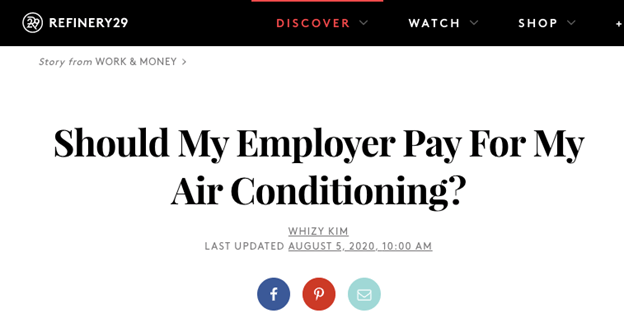
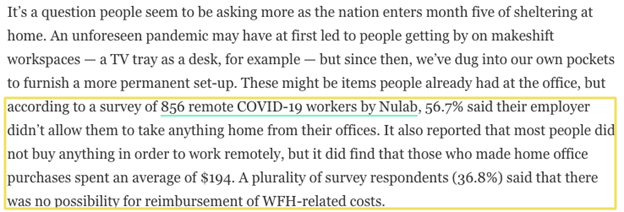
You know you’re onto something when people chime in in the comments.
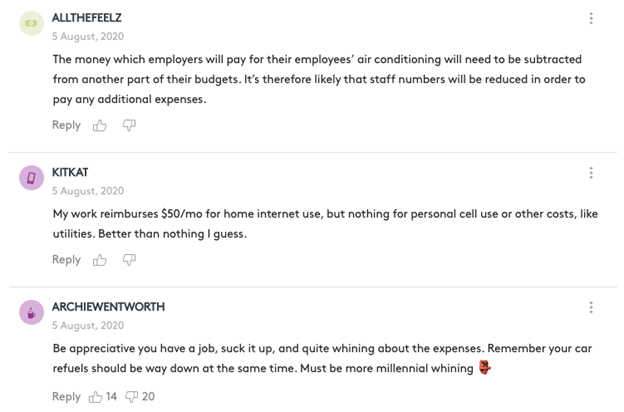
So, if there’s an open-ended question or debate out there, consider how you can contribute to an already emotional conversation.
2. Pitch your content to relevant publications.
Creating the content is half the battle. The rest of the challenge comes from needing to get your content in front of a wide and/or relevant audience (depending on your goals).
Our strategy is to pitch these data-focused content studies and surveys to the media, because when you earn coverage on the web’s top sites, you get really high authority backlinks and are mentioned in the story in an authoritative way (as the source of the data featured in the article).
But how do you go about pitching? This compliment one of our digital PR specialists received highlights all of the important points:
I received the smartest pitch recently. @Nicole_Franco19:
*Complimented my basset hound
*Put it in the email subject line
*Kept things short and sweet
*Pitched me a REPORT with DATA and VISUALS
*Followed me and @sirtibblesdog on Twitter
*Attached a pic of her poochBravo! #PR
— Beki Winchel #BlackLivesMatter (@bekiweki) October 5, 2020
As you can see, Beki was impressed with the personalization of the pitch email. All too often, people are sending out templated messages that aren’t customized at all for the recipient. If you take the time to remember the writer is another human being and learn something about them, you have a much better chance of forming a connection and earning their attention.
You can refer to a previous article they wrote that resonated with you, or perhaps you can check out their social media profiles to see what they’re posting about or what their bios say. Some writers go as far as specifically saying how they’d like to be pitched! And if you didn’t do this initial research, you’d never see that information.
After personalizing an email, it’s important to get right to the point. Explain why you think their audience would find your content interesting and then list the key insights they’d find most intriguing.
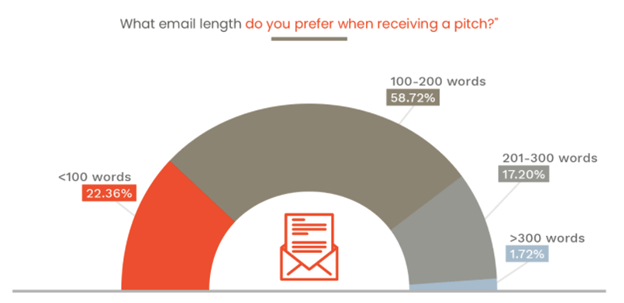
You don’t want the writer to have to do any work to figure out why they should care about your pitch. Give them all the information they need in as few words as possible. In fact, according to our survey of 500 writers, most prefer pitch emails to be less than 200 words long.
When you create your own original research and then get coverage for that research on respectable sites, you build your authority in multiple ways. The nature of the content itself shows you strive to be an expert in your field, and the earned media you acquire demonstrates that authoritative sources trust your information. Plus, you acquire very strong and high-quality backlinks, which boosts the authority of your site.
Amanda Milligan is a marketing director at Fractl and hosts the weekly podcast “Cashing in on Content Marketing.”






